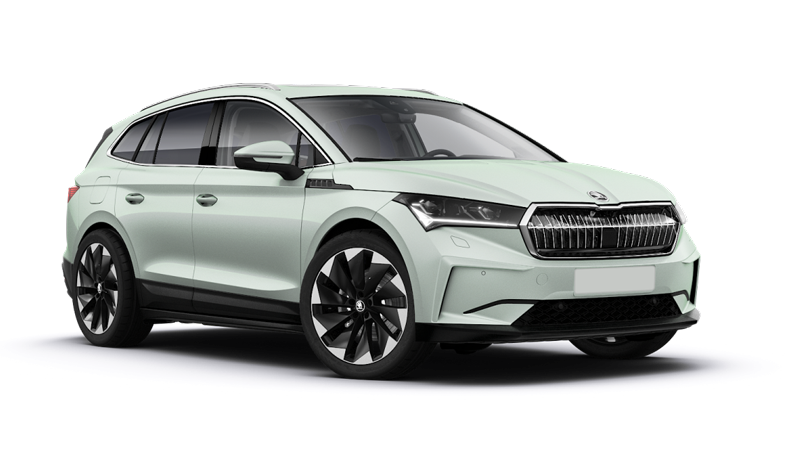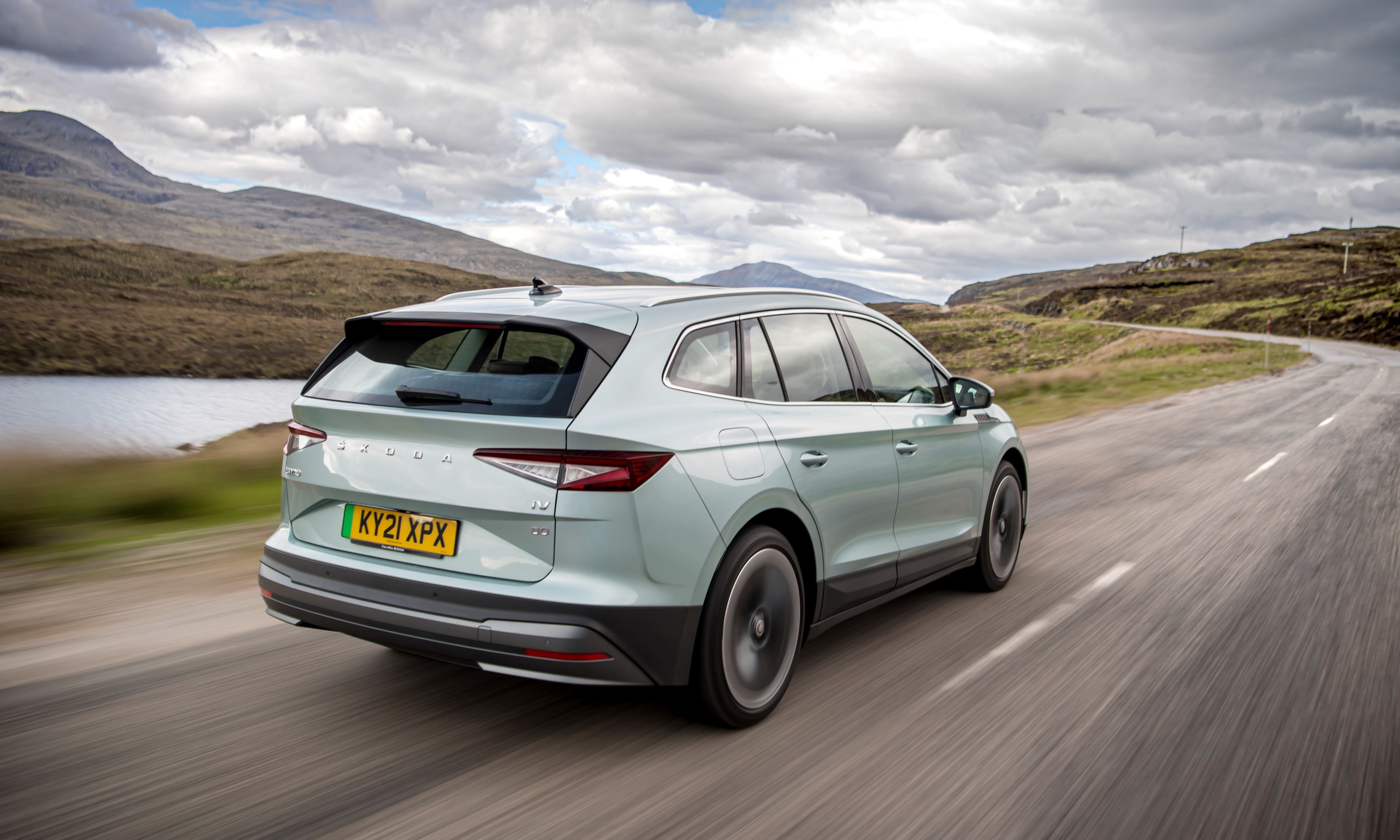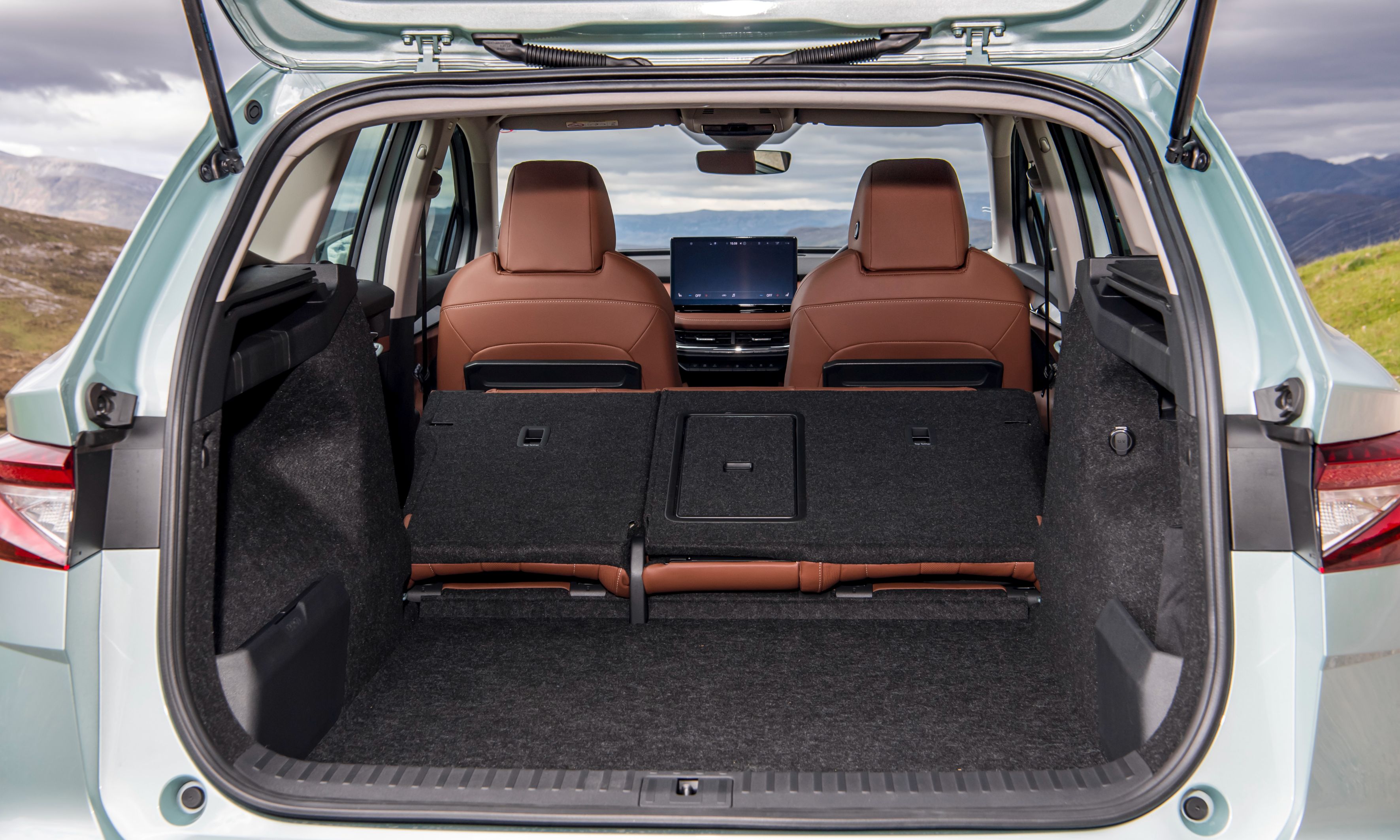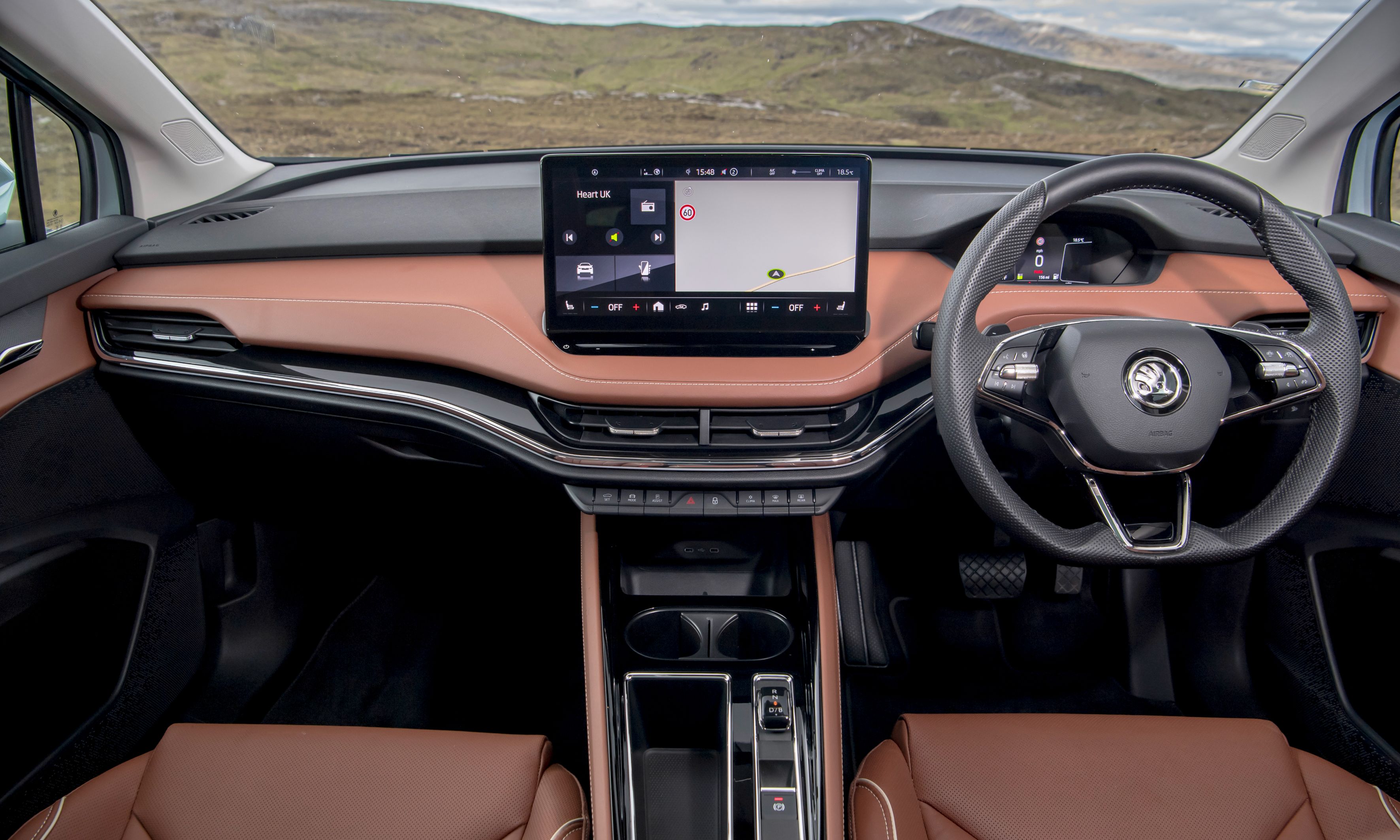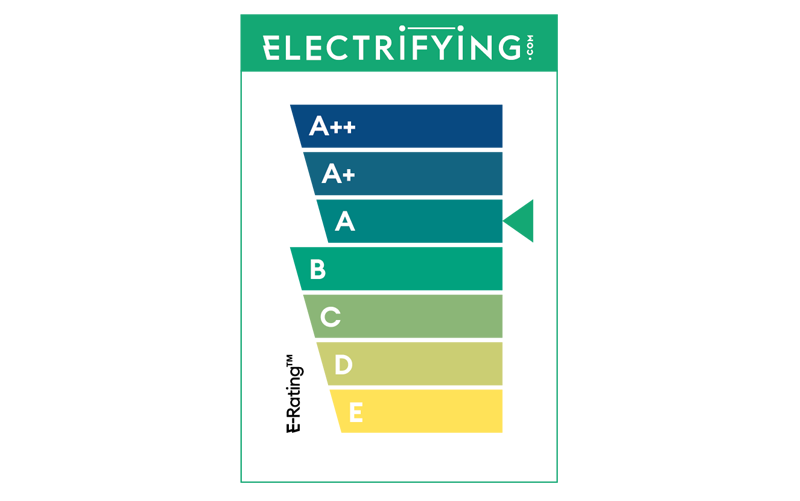Performance
The entry-level Enyaq is fitted with a 178bhp rear-mounted engine and rear-wheel drive and has a maximum torque output of 310Nm. The Enyaq 77kWh has an output of 201bhp, torque of 310 Nm and a WLTP range of 333 miles on the WLTP cycle. The 77kWh battery also has rear-wheel drive and a single-speed transmission, but can also be specified with four-wheel drive. Top speed for all models is 99mph. During our test our car was returning less than the official figure, but milder weather seems to make a real difference to the range.
The Enyaq iV 58kWh can reach 60mph in 8.7 seconds, while the Enyaq 77kWh can complete the sprint in 8.5 seconds. On the road there is very little between them, with the extra power of the 77 offset by the weight of the extra battery cells. The 261bhp four-wheel-drive 80x gets to 62mph in 6.7 seconds and does feel noticeably quicker to accelerate at lower speeds.
Drive
In terms of drive, both launch models are rear-motor, rear-wheel drive, marking a return to drivetrain layout that underpinned a generation of classic Skoda models from 1960 up to the 1990s. It means that the front wheels don't have to put down power and steer, which means the steering feels much nicer, and it gives a tighter turning circle too.
The Enyaq is quiet and easy to drive whatever mood you are in. If you've spent money to upgrade to a model with drive modes you can choose between the usual Normal, Eco or Sport. In our experience though, Sport made all the responses a little sharper but it didn't seem to gel with the rest of the car. Eco also seemed to make little difference to efficiency, so we suspect most owners will leave it in Normal.
As with all electric cars, the Enyaq features a braking recuperation system that regenerates energy under braking to increase range. The level of braking, or regen, can be adjusted using the steering wheel paddles - although its once again optional on the 60 Nav - which allow drivers to choose from three recuperation intensity levels. There is a 'B' mode though, which is selectable on all models and brings extra regeneration.
Despite the extra motor on the front axle, the four-wheel-drive 80x doesn't feel all that different at low and normal speeds. Its only at high speeds and in slippery condition can you feel the extra traction.











